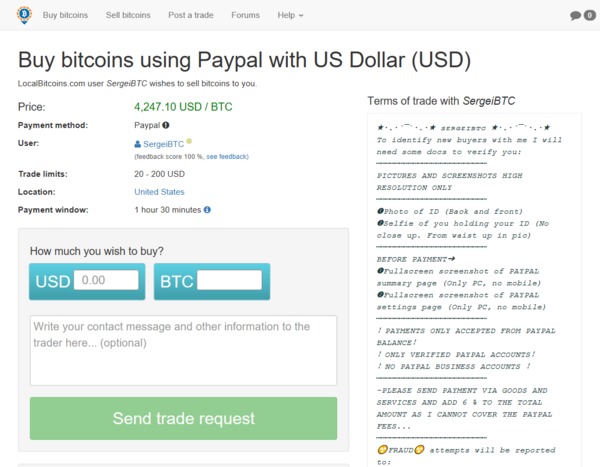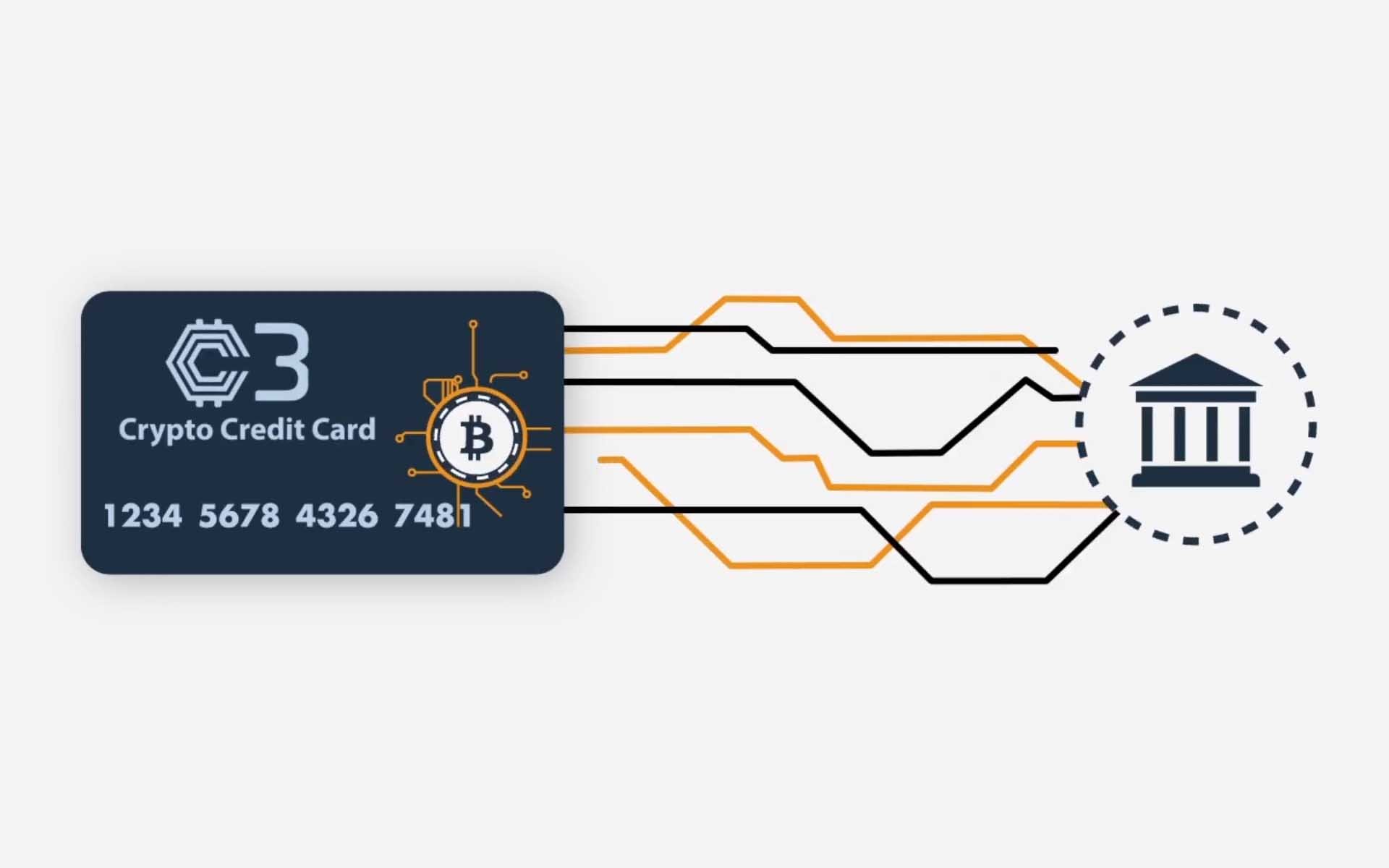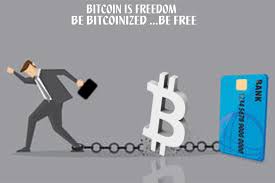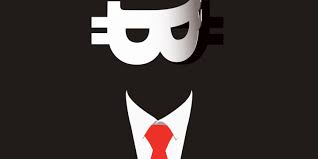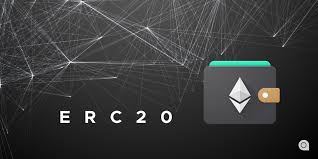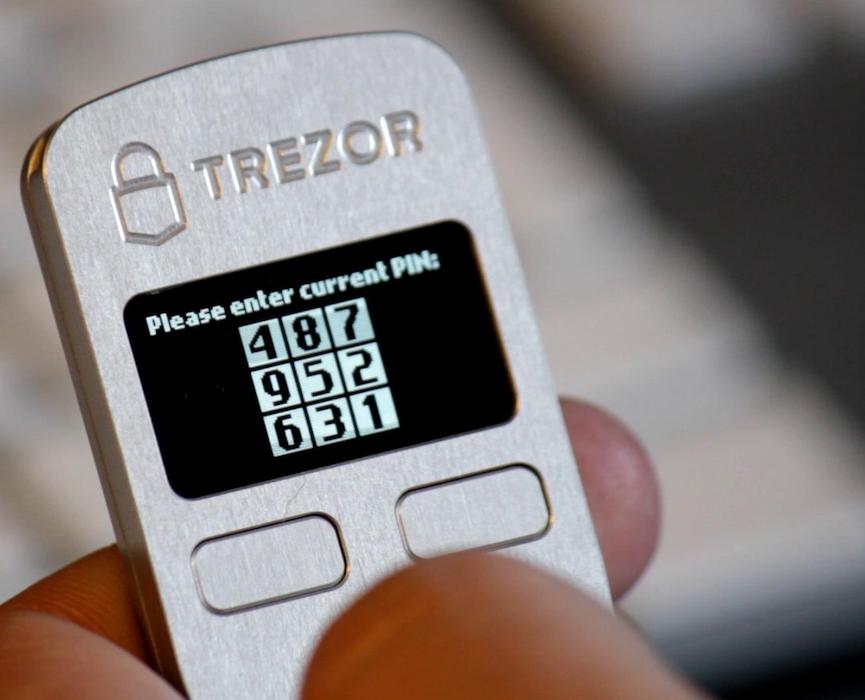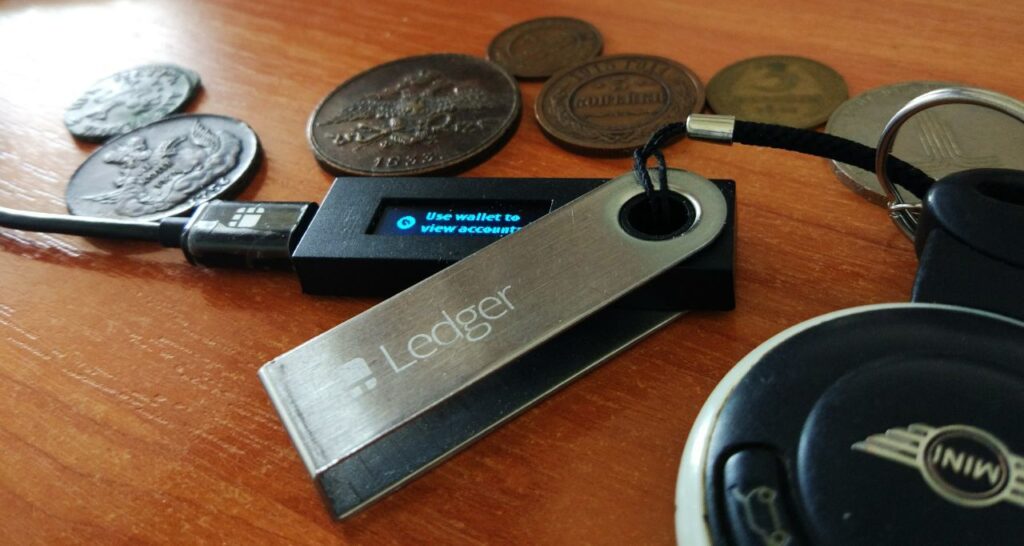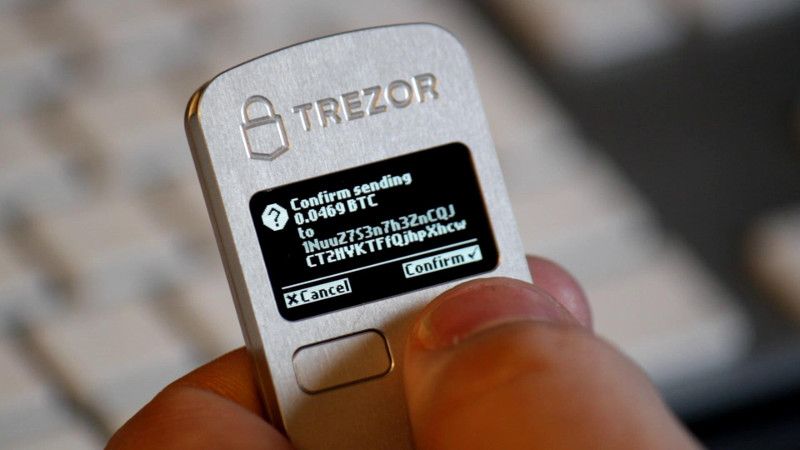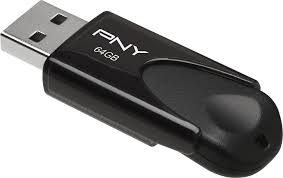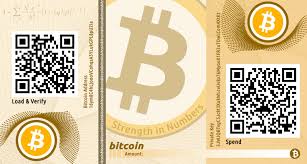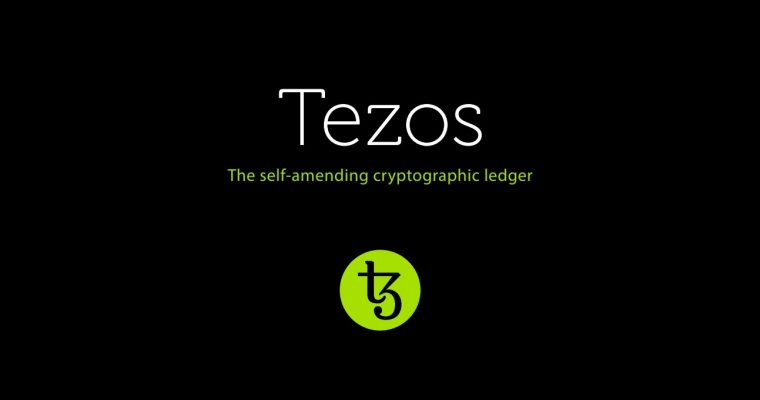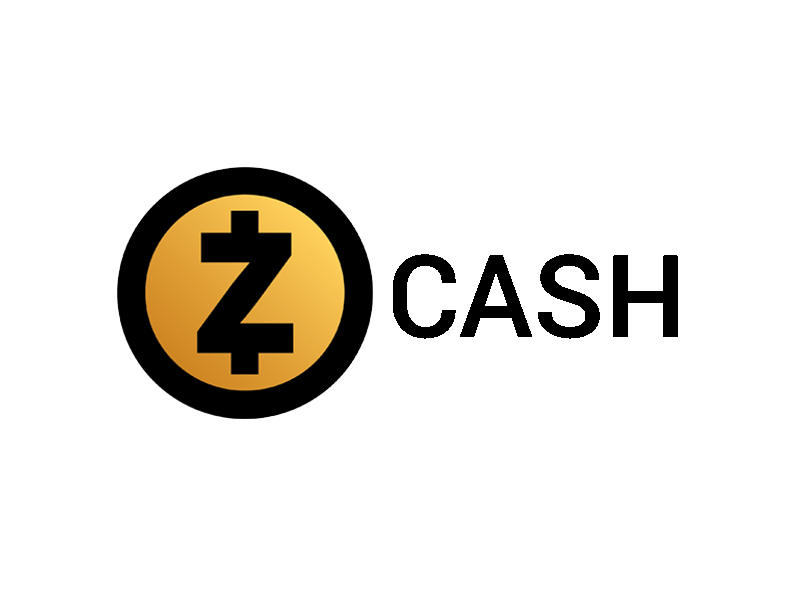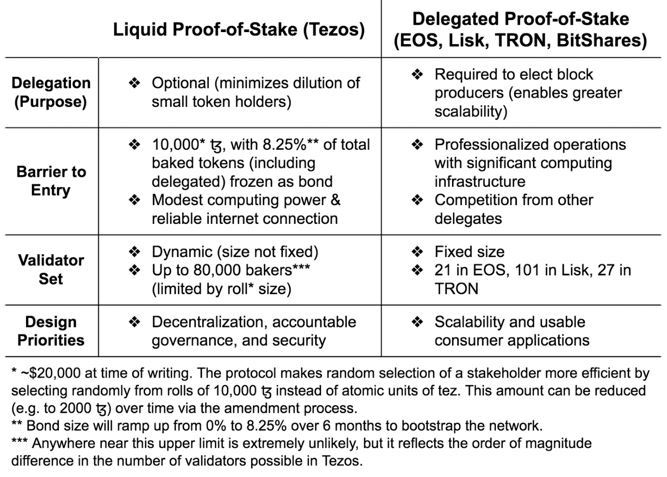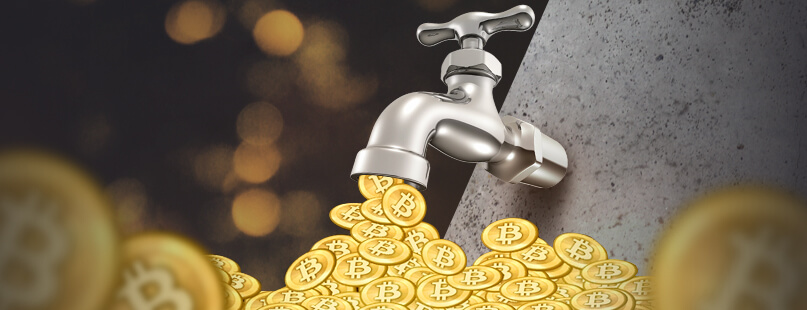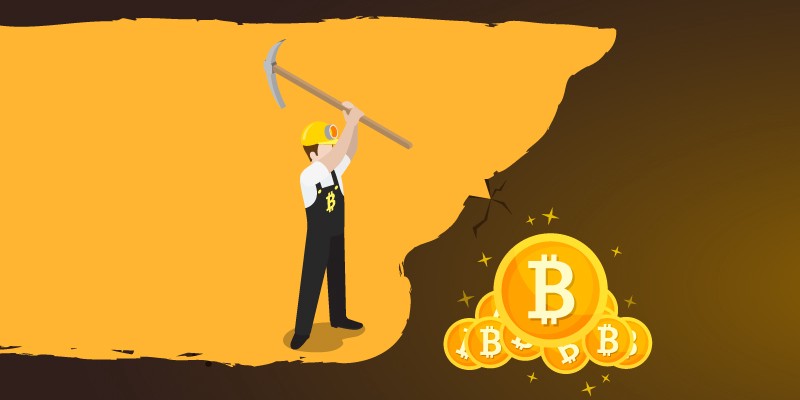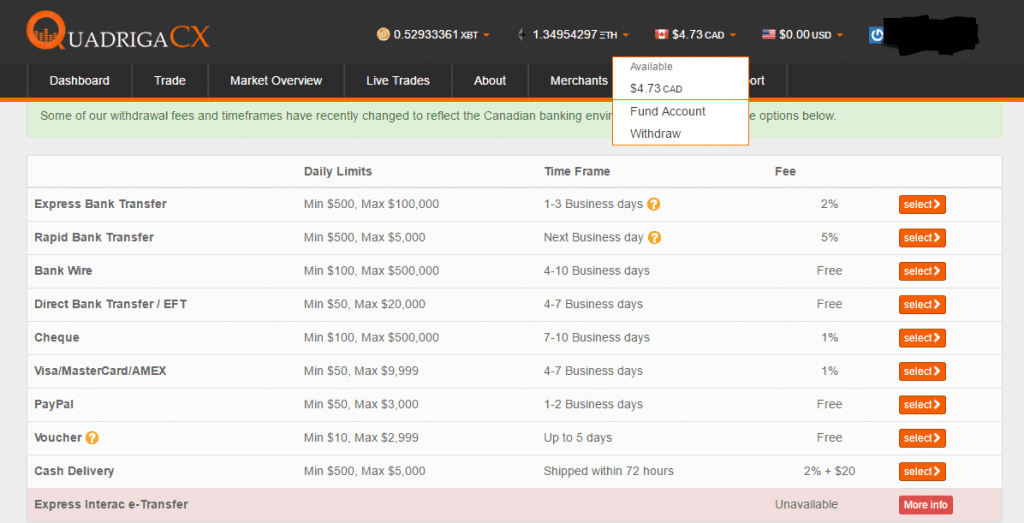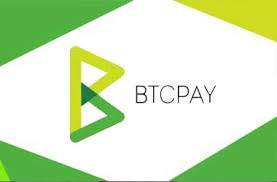How To Earn Free Bitcoin (2020)
This post is going to go into how to earn free bitcoin. But first, a quick story about how I stumbled upon this amazing tool and resource, and why it’s going to work for you. I first learned about the Life Leadership program from my girlfriend’s father last summer. As he was a fellow libertarian, I was interested to hear his thoughts on what this program offered and what the core values were, as I was always looking to converse with like-minded people.
I came to find that financial freedom and personal development (two things I was actively working on myself and believed in) was the cornerstone of what this organization stood for. As we started discussing it, I mentioned that I worked for a prominent cryptocurrency company and that I also believed in self-sovereignty and despised our current legacy financial system.
After that interaction, I started getting more involved, attended some in-person seminars, and was happy to learn that Life was working on a project that was going to promote the spending of cryptocurrencies through their platform. They believe in financial and economic freedom for the entire world; a vision I also shared.
I joined as a member and downloaded the free app that offers a wealth of free (and paid) services that help you get out of debt, educate you how to navigate our corrupt financial system, and provides you myriad tools to give you prosperity and obtain the life you’ve always wanted!
As a current member of the Life Leadership, I was thrilled to find that they had created a fantastic way to save money on purchases you were already making, create an eWallet that stores all your savings, and provided a simple way to accumulate the life virtual currency called “dibs” (which stands for “Dollars In Bitcoin Satoshi’s). You can convert these rewards directly into bitcoin. Seriously. 

I am going to explain how it all works below, and as a “Pro-Cryptocurrency” individual, I truly believe this is the best possible on-ramp to gain mainstream adoption for ALL people to enter the cryptocurrency world, easier than any other method I’ve seen before. Giving people a powerful and free tool (the app) to save money on purchases they are already making, and then being able to convert the savings you accumulate directly into bitcoin is a slam dunk. Let’s learn how to earn free bitcoin!
*** CLICK HERE FOR YOUR FREE LIFE APP DOWNLOAD***
HOW TO EARN FREE BITCOIN: WHAT IS THE LIFE INFO APP?
The Life Info App is a free app for iPhone or Android that promotes financial literacy, personal development, and most recently, a shopping platform that that lets you convert your savings directly into bitcoin (via Coinbase). This is done with a rewards system that is used with the app’s ecosystem in the form of a virtual currency for Life Info shoppers and members called “dibs”. This rewards-based coin allows you to save 2% on all of Life’s existing services (subscriptions, audio’s, books, etc…) starting with a whole new redesign of the app starting on May 1st, 2019.
You start accumulating these dibs for every purchase you make through the app. They also have a network of very popular merchants worldwide (on-line or in person), that you can earn “cash back” or “dibs” on every purchase that goes directly into your eWallet after every transaction. Just to name a few: American Airlines, Buffalo Wild Wings, Groupon, Bass Pro Shops, Nike, Jiffy Lube, Best Buy, Home Depot, and Chipotle. These discounts range anywhere from 1-10% off each purchase and that percentage goes as a rewards balance in your eWallet that you start accumulating immediately.
So, how do I earn free bitcoin? Here’s How it Works. When you go click “Shop Now” in the center screen of the app, you can either browse all locations within a 100 mile radius of your current location, or manually type it in the search bar. There are thousands of physical locations and over 1,000 brands that are included in the app. You simply click on the brand you are currently wanting to make a purchase with and it will ask you to enter in the total purchase amount.
(PRO-TIP: If you have any coupons or other discount codes already, you can add that to your order to “stack” your total savings).
Once you enter in the total it will generate a digital gift card on the spot with the exact total of your purchase, so you don’t have a leftover balance on the gift card (unless you want to). You then either have the cashier scan your phone with the bar code, or read off the gift card code to them to process your transaction.
Once this transaction is complete, you will immediately receive a credit of “dibs” in your eWallet that you can either save for a future purchase at a discount at a different vendor within the app, or cash that out for bitcoin immediately. I would recommend not cashing it out for bitcoin immediately, as the more “dibs” you accumulate in your eWallet, you start to earn a higher percentage of rewards for each new tier that you hit. Here is a video explaining an overview of how the process works.
*** CLICK HERE FOR YOUR FREE LIFE APP DOWNLOAD***
WHAT ARE “DIBS” AND WHY DO I NEED IT?
“dibs” or (Dollars in Bitcoin Satoshi’s) is life’s virtual currency that is accumulated as rewards for each purchase made on life’s services within the app and also on any merchant purchases through any of the thousands of retailers that you see listed. This is significant because as a currency that is meant to benefit you (the Life App User) you can avoid using fiat and obtain the benefits of real world beneficial products and services, without forcing you to use a credit card. As we all know, credit cards are a tool used by big banks to try and create financial harm by charging outrageous interest rates while incurring absurd fees and is designed to drive you further into debt. 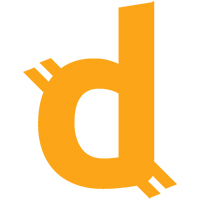

“dibs” is a versatile tool, not only for this ecosystem that promotes financial freedom, but is also allows you to convert it directly into Bitcoin (via Coinbase). I will provide an informational video below outlining this process, as well as providing you with some other options for using your “dibs”.
WHO IS IT FOR?
This is for anyone who wants to save money, earn free bitcoin, and also have an opportunity to earn passive income on the side. How do you do this? Simply use the app to make the purchases you were already planning to make anyways, online or in person. It’s more secure, and best of all you SAVE on every single purchase. These savings will go directly into the eWallet and the more you accumulate, the more rewards you receive, it’s that simple. This is how to earn free bitcoin!
If you are new to bitcoin and cryptocurrencies and want to dip your toe in, this is BY FAR the easiest way to get started. I’ve been around in this industry for years, and I don’t say that lightly.
HOW DO I EARN FREE BITCOIN FOR PURCHASES I’M ALREADY MAKING?
As outlined in the video above, you can convert your “dibs” directly into bitcoin. This is a powerful decentralized digital currency that has immense utility and will most likely gain significant value over time as it is a “deflationary” currency, by design. You can also receive incentives to spend your bitcoin within the Life App, if you decide not to store it offline for longer term savings.
You just simply need to start making purchases within the Life App, see your savings accumulate immediately after each purchase, and then decide what’s best for your long term and short term savings and spending plan. If you skipped the video above in the previous section, I would strongly recommend giving it a view, as it visualizes this whole process and breaks it down very easily for you.
HOW DO I SIGN UP FOR FREE?
Are you convinced yet that this is a win-win? You literally have nothing to lose and everything to gain. I am going to give you my referral link below here again and it will allow you to start saving immediately. As mentioned above, you can start saving NOW and accumulate savings in your wallet and on June 1st 2019, you will be able to convert your “dibs” into bitcoin directly through a very easy to use wizard as demonstrated in the above video.
*** CLICK HERE FOR YOUR FREE LIFE APP DOWNLOAD***
CONCLUSION
I’ve spent the last 3 and a half years of my life in pursuit of helping people understand and learn how to accumulate and store your cryptocurrency, safely. I can say this with absolute confidence that cryptocurrency is the future, and I believe that bitcoin has the best chance of success in gaining mainstream adoption as a device to liberate all people.
When we start using a decentralized means of exchange, we take away all the power and leverage away from the big banks and corrupt government officials that are there to try and control you. This campaign is one of freedom. This a worthwhile goal for every single human on the planet.
In over 10 years in the technology sector, I have never come across such a revolutionary technology. I will include a link to an article I wrote about a week ago that explains why I believe bitcoin is the ultimate expression of freedom.
Additionally, this website is dedicated to not only the adoption of cryptocurrency, but providing you information and the tools necessary to secure your bitcoin (and other cryptocurrencies) by becoming your own bank. I am partnered with the top 3 best hardware wallet providers in the industry and you can learn about and purchase these devices to help you keep your private keys in your possession, once you obtain them from Coinbase.
You just need to click the “Crypto Hardware Wallets” page at the top to review the best sellers if you want to take your cryptocurrency savings seriously. I will also recommend the easiest one to use if you’re a beginners here and it’s called “KeepKey“. I have been privately testing their new platform and can absolutely attest to its ease of use and top notch security. The link for this is right “HERE“. 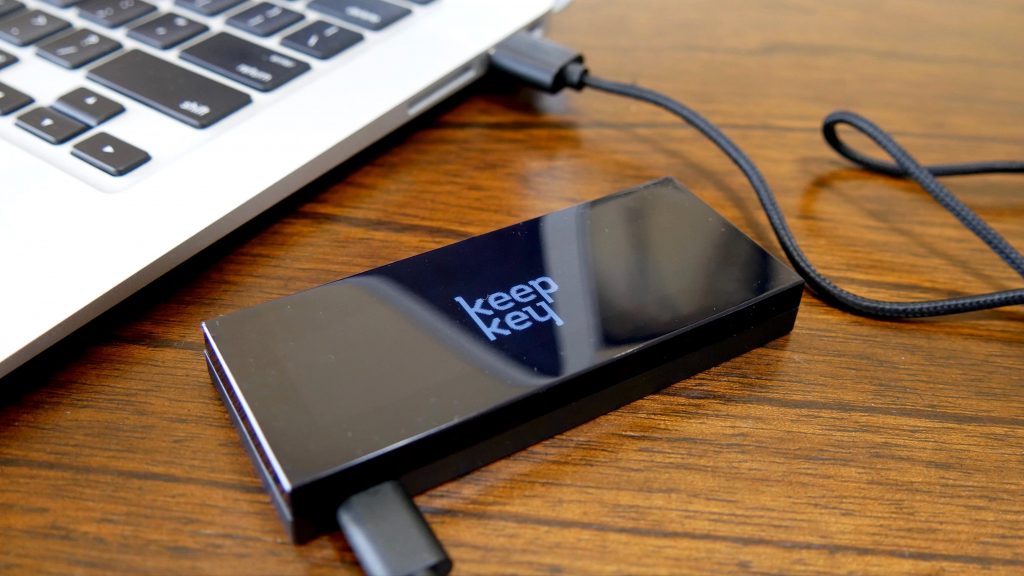

If you do not currently have a Coinbase account, you can click “HERE” to get a free $10 worth of bitcoin with your first purchase of $100 or more. If you decide to use that link, it helps both you and me as I am provided my own free $10 of bitcoin for referring you , at no additional cost to you.
P.S. If you would like to learn how to become a life leadership partner and start earning passive income by promoting this wonderful platform, please reach out to me directly in the “Contact Us” section of the website at the top.
PLEASE feel free to comment below with any questions or concerns about these products and processes and I will be sure to respond promptly!
Cheers,
The Crypto Renegade
NOTE: This post may contain affiliate links. This adds no cost to you but it helps me focus on giving as much value as possible in every single post by being compensated for recommending products that help people succeed.


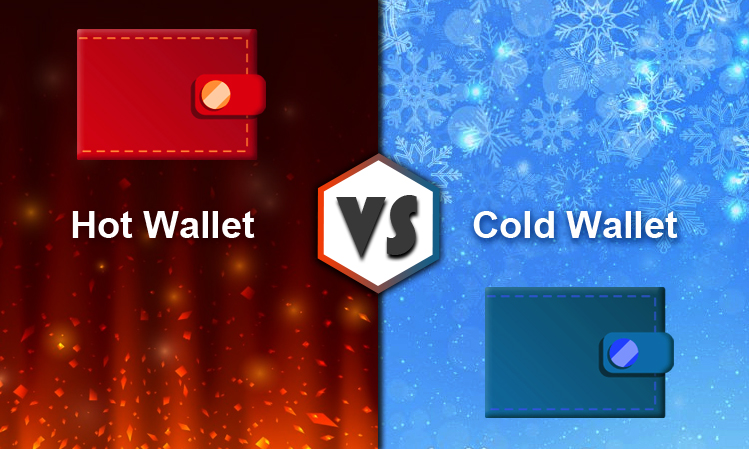
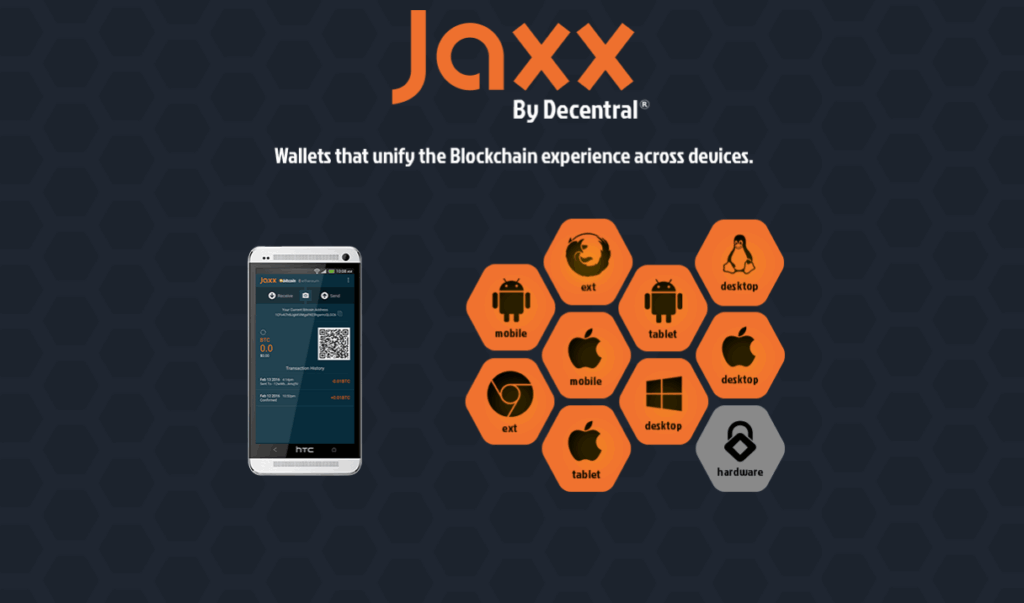
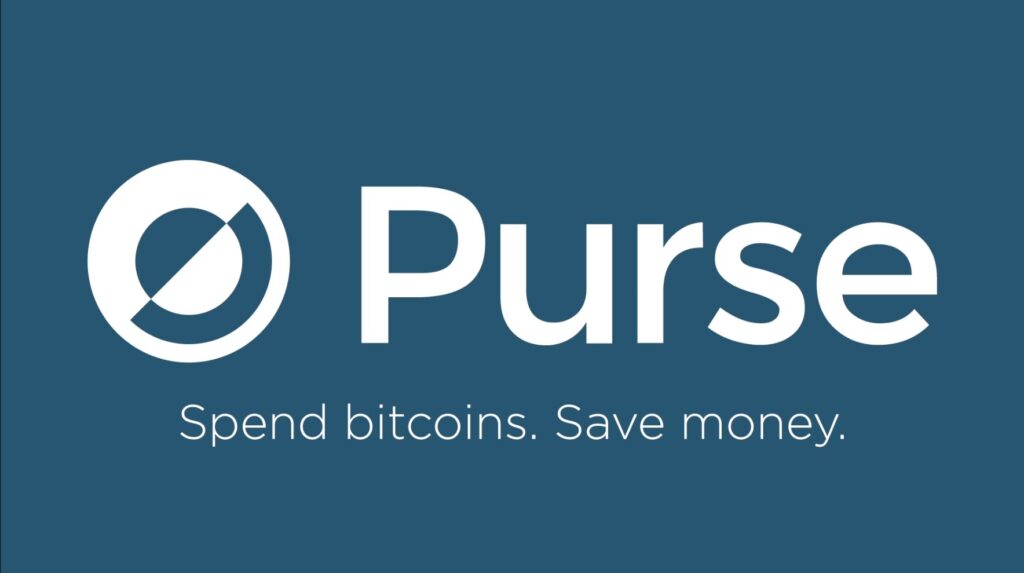
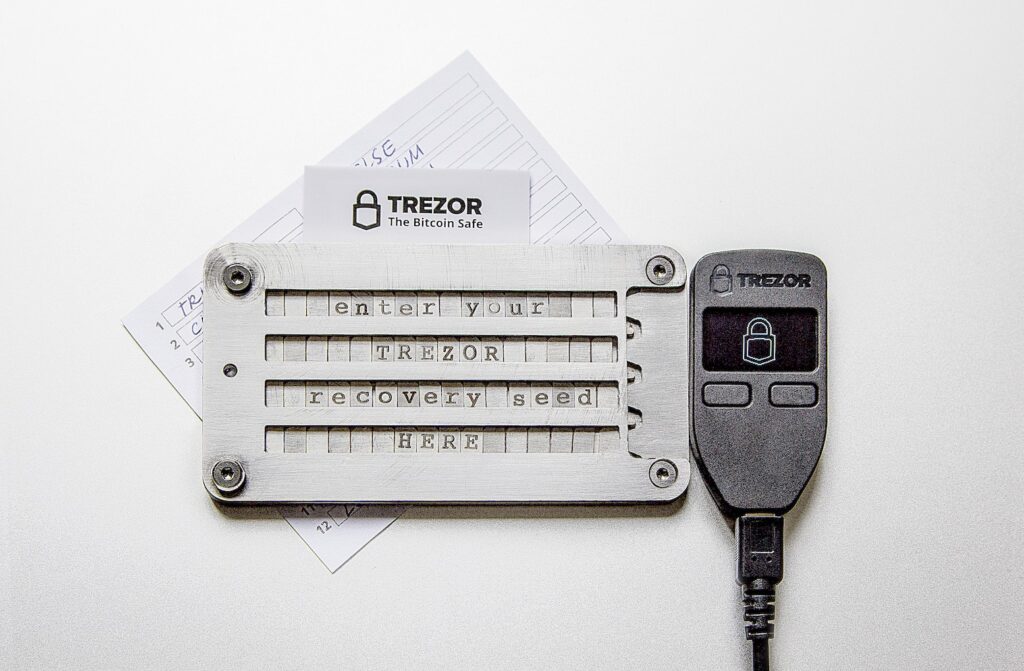
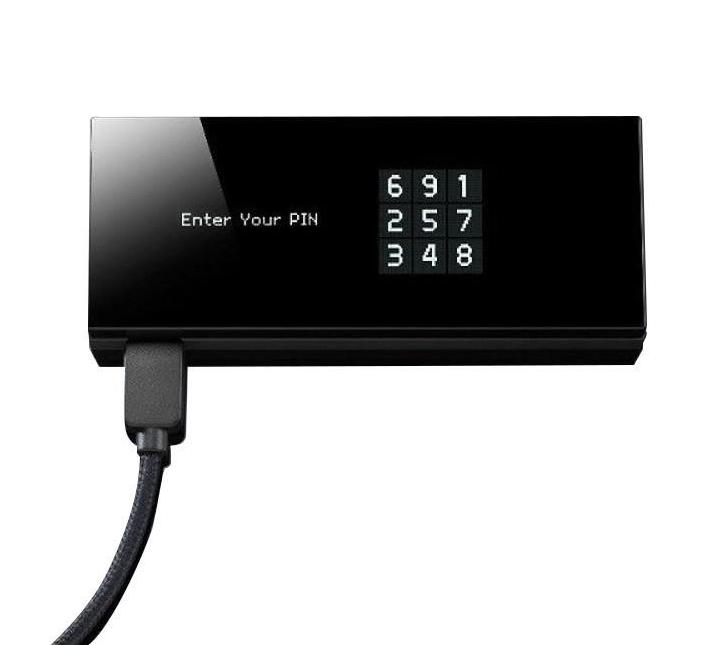
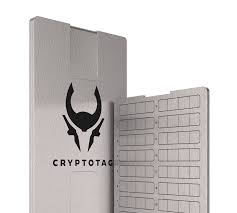
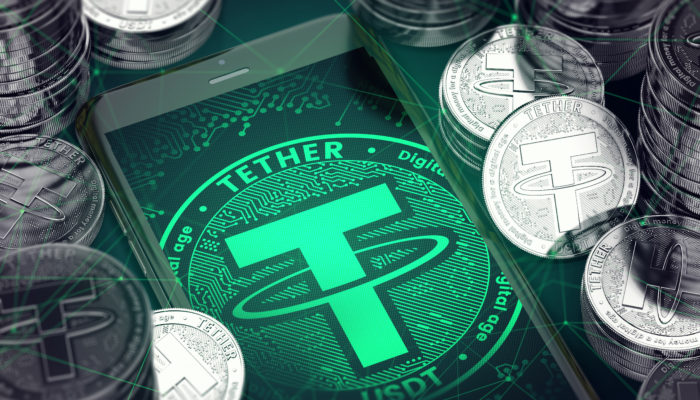

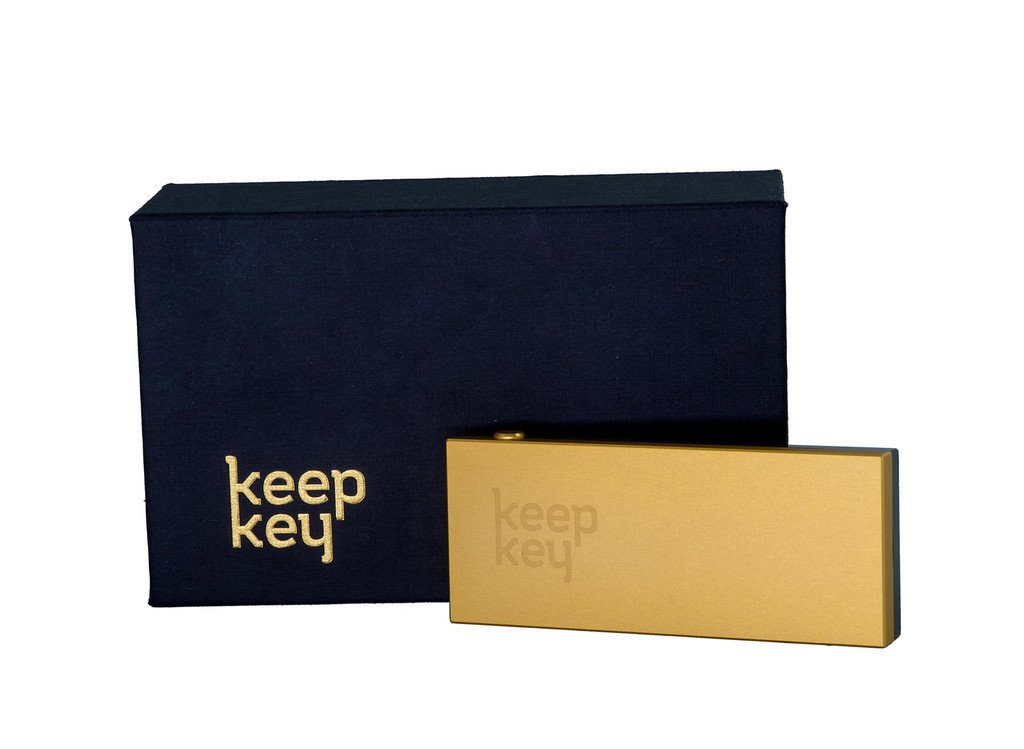
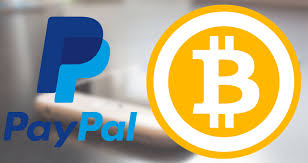






:max_bytes(150000):strip_icc()/paypalbitcoin-local-5c28a731c9e77c000181611a.jpg)
